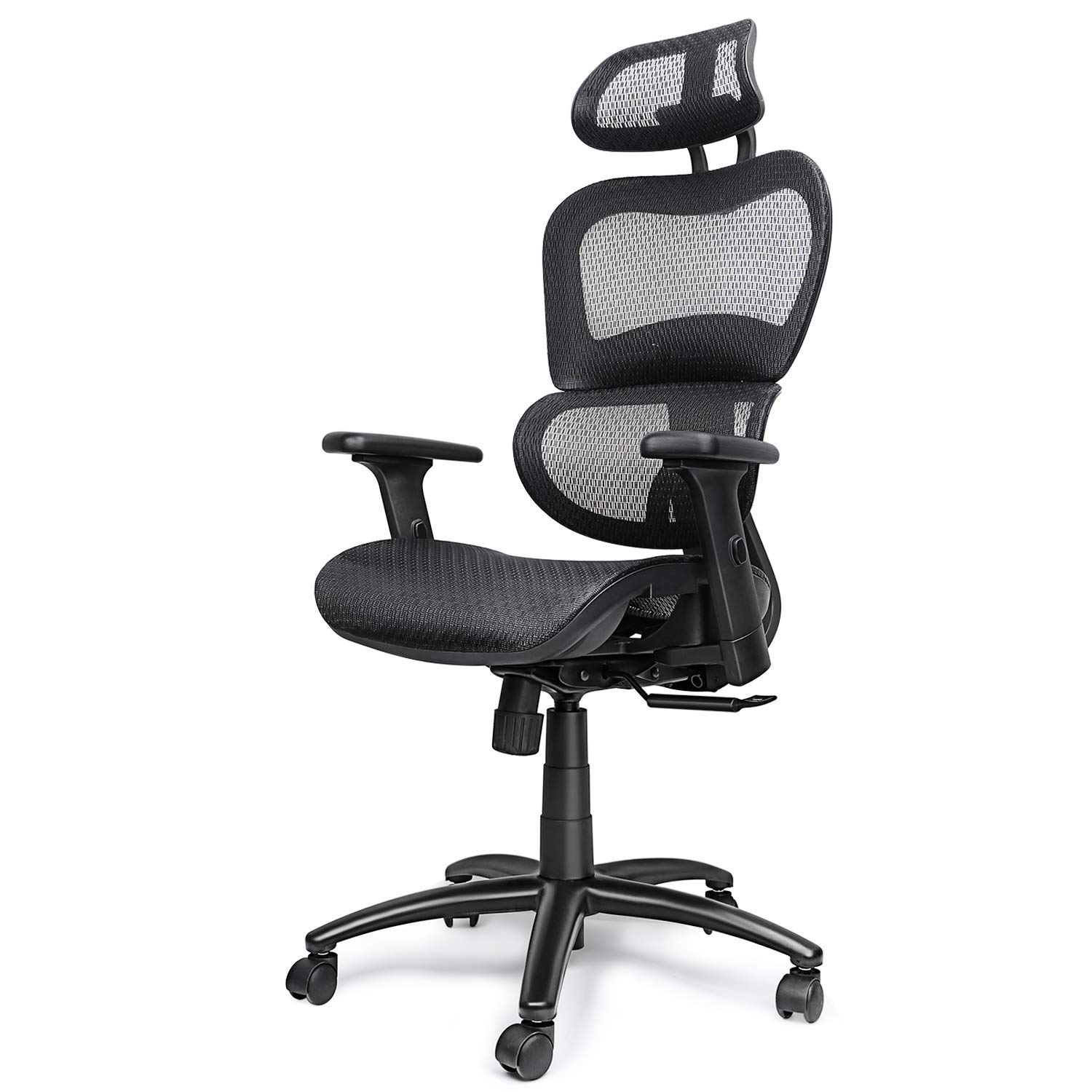Features to Consider When Choosing a Chair: Best Lawn Chair For Back Pain

Selecting a lawn chair for back pain relief requires careful consideration of several key features. The right chair can significantly improve comfort and reduce discomfort, while an unsuitable chair may exacerbate existing problems. Prioritizing features that promote proper posture and support the natural curves of the spine is paramount.
- Lumbar Support: Adequate lumbar support is crucial. Look for chairs with a built-in curve in the backrest that conforms to the natural inward curve of the lower spine. This helps maintain the spine’s natural alignment, reducing strain and preventing slouching. The support should be firm but not rigid, allowing for comfortable adjustment.
- Material and Cushioning: The chair’s material and cushioning significantly impact comfort and support. Breathable fabrics like mesh or canvas prevent overheating and moisture buildup. High-density foam padding provides superior support and conforms to the body’s shape, distributing weight evenly and minimizing pressure points. Avoid excessively soft or thin cushioning, as this offers inadequate support.
- Armrests: Well-placed armrests offer stability and reduce strain on the shoulders and back when sitting or standing. Adjustable armrests allow for personalized positioning, accommodating different body types and preferences. However, armrests that are too high or too low can impede posture and cause discomfort.
- Reclining Mechanism: A reclining mechanism allows you to adjust the chair’s angle, finding the optimal position to relieve pressure on the spine. The ability to recline can be particularly beneficial for those with back pain, allowing for rest and relaxation in a supported position. Look for smooth, sturdy reclining mechanisms that lock securely in place.
- Overall Chair Height and Width: The chair’s overall dimensions should accommodate your height and build. A chair that is too small or too large can negatively impact posture and comfort. Consider the chair’s seat depth and width to ensure proper support and prevent discomfort. A chair that’s too deep can cause you to slump, while one that’s too narrow can restrict movement and create pressure points.
Adjustable features such as armrests, headrests, and footrests offer significant benefits in terms of customization and support. Adjustable armrests allow for optimal positioning to reduce shoulder and neck strain, while adjustable headrests provide support for the cervical spine, improving posture and reducing neck pain. Adjustable footrests allow for proper leg support, promoting better posture and reducing strain on the lower back. However, improperly adjusted features can negate these benefits. For instance, excessively high armrests can force the shoulders forward, while a poorly positioned headrest can strain the neck. Maintaining proper posture is essential for back health. A posture that maintains the natural curves of the spine reduces stress on the vertebrae, muscles, and ligaments, minimizing the risk of pain and injury. Slouching, conversely, increases strain on the back, leading to discomfort and potential long-term problems.
Comparison of Chair Mechanisms, Best lawn chair for back pain
Reclining mechanisms and rocking mechanisms offer distinct advantages and disadvantages for back pain relief. Reclining mechanisms allow for adjustments to the backrest angle, enabling users to find a position that reduces pressure on the spine and promotes relaxation. This can be particularly beneficial for individuals with lower back pain. However, some reclining mechanisms may lack sufficient lumbar support in certain positions. Rocking mechanisms provide a gentle, rhythmic motion that can help alleviate back pain by promoting relaxation and improving blood circulation. This can be soothing for individuals experiencing muscle stiffness or spasms. However, rocking mechanisms may not be suitable for individuals with severe back pain or balance issues. For example, a person with sciatica might find relief in a reclined position that takes pressure off the sciatic nerve, while someone with muscle spasms might find the gentle rocking motion of a rocking chair more relaxing and pain-relieving.
